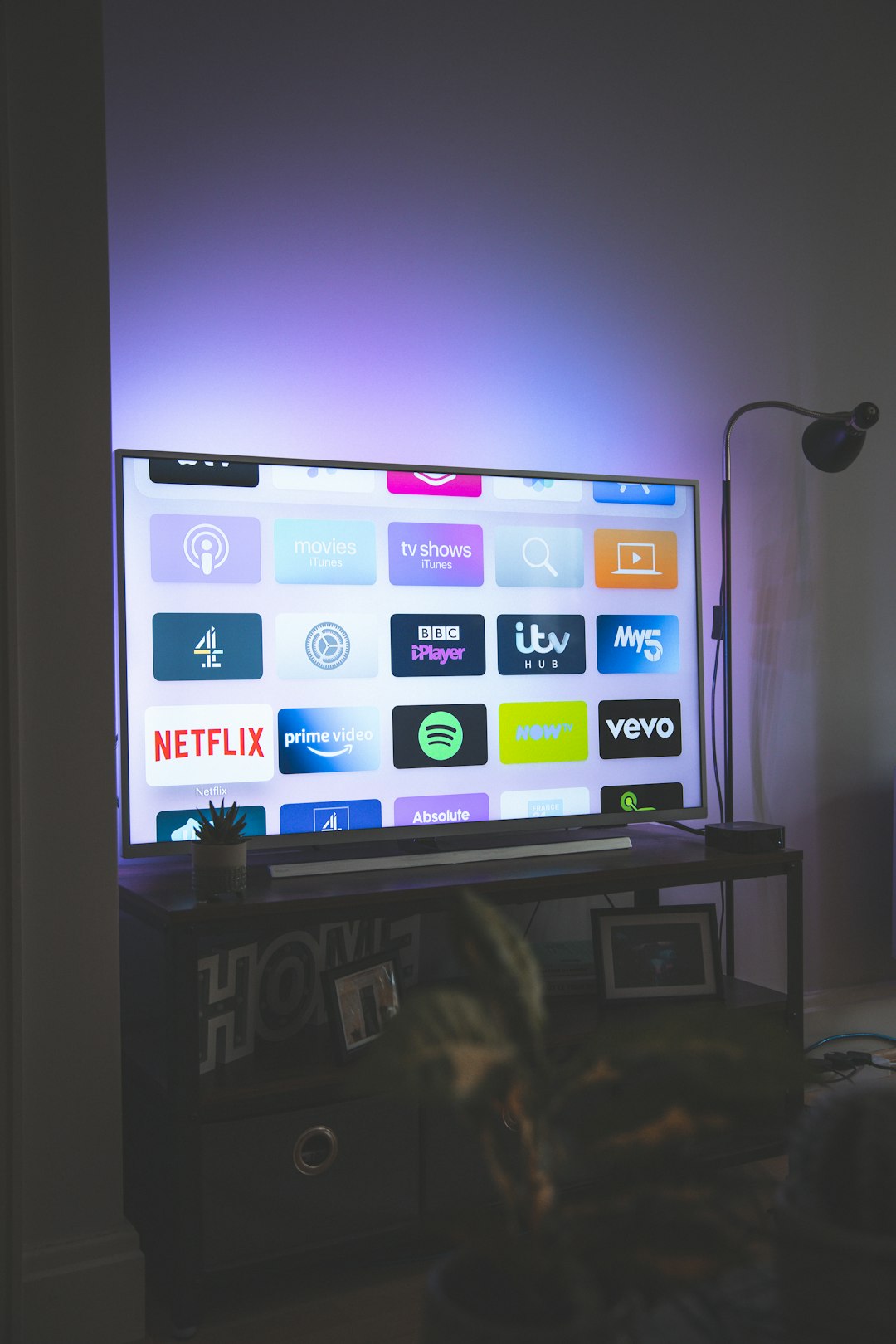Streaming services have become indispensable parts of our lives, offering a treasure trove of entertainment and educational content at our fingertips. As someone passionate about documentaries and knowledge-based programming, I naturally gravitated towards CuriosityStream. It never occurred to me that this newfound gateway to information would also become a lesson in digital security and personal boundaries. My story is a firsthand account of how my CuriosityStream account was accessed without my consent, what I learned from the experience, and how I used the platform’s device limit settings to regain control.
TL;DR
My CuriosityStream account was accessed by unknown users without my permission, likely due to a compromised password. The unauthorized views caused performance issues and made me wary of data misuse. Luckily, CuriosityStream’s built-in device limit system and account tools helped me identify unusual activity, log out all devices, and implement new safeguards. This experience highlighted the importance of digital vigilance even on educational platforms.
How I Realized the Breach
At first, nothing was obviously wrong. I simply noticed some odd behavior: midway through watching a documentary about space exploration, I was kicked off my stream with an error saying that the maximum number of allowed devices had been reached. That was strange because I only ever used CuriosityStream on my laptop and tablet.
This repeated several times, and one time I saw unfamiliar titles under my ‘Recently Watched’ list — shows I had never watched, in genres I wasn’t interested in. That’s when the red flags went off. Someone was watching using my account, and it wasn’t me.
CuriosityStream may be a niche platform compared to mainstream platforms like Netflix or Hulu, but it’s not immune to the problems all popular streaming services face, including account sharing and data theft. And even though CuriosityStream doesn’t actively promote content controls like parental locks or region restrictions, it does have a helpful feature I came to appreciate—the device limit control.
Step 1: Assessing the Situation
Before raising the alarm or panicking, I wanted to understand the scope of the breach. I took the following steps to gather information:
- Check Watch History: I looked into my viewing history to identify any unfamiliar activity.
- Analyze Login Patterns: Although CuriosityStream doesn’t offer detailed login logs like timestamps and IP addresses, noticed the problem arose when too many devices tried to stream simultaneously.
- Family and Permission Check: I double-checked with friends and family to ensure nobody was using my credentials innocently.
Unfortunately, no one I knew had used my account, which meant that somehow, my login had been compromised.
Step 2: Changing My Credentials
The breach probably occurred due to a weak or reused password that was exposed in a past data leak. Immediately, I took the following actions:
- Changed Email Password: Because my CuriosityStream login was linked to my primary email, I secured that first.
- Changed CuriosityStream Password: I created a unique, complex password using a password manager.
- Enabled 2FA: Unfortunately, CuriosityStream doesn’t support two-factor authentication directly (as of my last check), which made other precautions even more critical.
Step 3: Logging Out All Devices
CuriosityStream, thankfully, has a “Log out all devices” feature. It was my digital reset button. After updating my password, I used this option to revoke access from every device that had ever signed in using my account.
That measure instantly logged out all users, including the unauthorized ones. The platform made it easy and responsive enough for me to regain peace of mind quickly. Still, I needed a long-term solution to prevent a similar breach.
Step 4: Enforcing the Device Limit
CuriosityStream allows you to stream content on a limited number of simultaneous devices—usually two to three, depending on your subscription. While this feature is meant for user convenience, I realized it could also work as a security buffer.
Here’s how the device limit helped secure my account:
- Detection: Sudden error messages about device limits alerted me to unauthorized access quickly.
- Access Control: Once I confirmed how many devices I actually needed, I could notice immediately if my stream was being limited again, signaling unusual activity.
- Notification: While CuriosityStream doesn’t send out alerts for new device logins, small barriers like these act as self-activating alarms.

Lessons Learned from the Experience
This wasn’t just a story about a streaming account. It was a modern-day wake-up call. I used to think account sharing was relatively harmless—until I experienced someone sneaking into my digital space. Here are the major takeaways:
- Never Reuse Passwords: One repeated password across multiple platforms creates a lethal domino effect.
- Document Suspicious Activity: If you ever suspect unauthorized usage, keep screenshots and notes. It’s useful for customer support and for checking patterns over time.
- Use Password Managers: They help you create unique passwords without having to remember them all.
- Limit Shared Access: Even if you decide to share your credentials with a friend or family member, do so sparingly and within your device limits to maintain proper device security.
It’s easy to forget that educational and niche platforms like CuriosityStream warrant just as much digital awareness as social media or banking platforms. Hackers have a habit of targeting less scrutinized services because these often lack robust defense systems or user vigilance.
Post-Breach Improvements
After everything was resolved, I also contacted CuriosityStream support to inform them about the breach. While there wasn’t much more they could do externally, they were reassuring and guided me toward best practices for security.
Feeling safer allowed me to go back to what I originally joined CuriosityStream for—learning. Ironically, I ended up watching several documentaries on cybersecurity and data privacy, which felt poetic given my recent experience.
Some episodes even recommended resources and tools people can use to monitor their online footprint—a rabbit hole I fully embraced. What started as frustration turned into a journey of digital empowerment.
Final Thoughts
Sharing this experience isn’t about pointing fingers or shaming the platform. On the contrary, CuriosityStream did its part fairly well. But it underscores an important truth in our digitally connected lives: security starts with us.
From locking our home Wi-Fi to monitoring device limits, even small actions can act as formidable shields. If you’re subscribed to any streaming service—mainstream or niche—don’t take its security for granted.
Take some time today to review your settings, assess your device usage, and reconsider who has access to what. You never know who’s behind the next stream buffering error.


